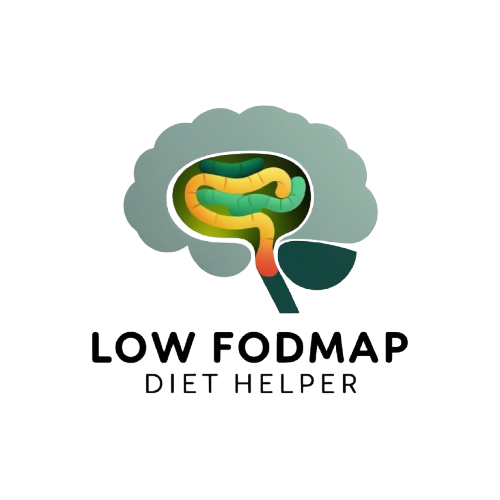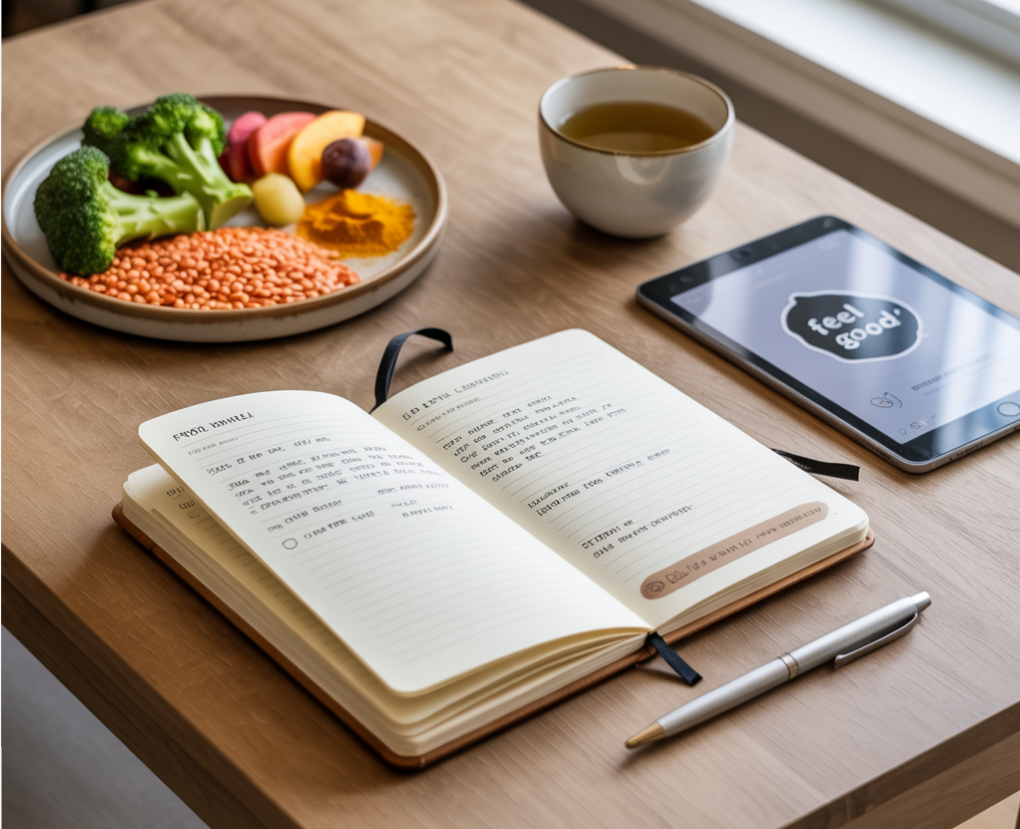Rebuilding your gut takes time — but how do you know it’s actually working?
Tracking your progress with the right signs and tools can help you stay motivated and make informed adjustments to your routine. While there’s no single test that shows your gut is “healed,” your body gives many clues. Here’s how to monitor your journey using simple, practical methods at home (plus a few optional lab tests if you want to dig deeper).
🔍 1. Tune In to Digestive Symptoms
Start by keeping a gut health journal to log your daily habits and symptoms. This can help you spot patterns, improvements, and setbacks.
What to track:
- Bloating (frequency and severity)
- Gas or belching
- Bowel movements (see next section)
- Cramping or abdominal discomfort
- Heartburn or acid reflux
- Nausea or food sensitivity
✅ Improvement Signs: Less bloating, smoother digestion, no discomfort after meals.
🚽 2. Monitor Your Bowel Movements
Your stool is a direct reflection of gut function. Use the Bristol Stool Chart to identify your stool type:
| Type | Description | What It Means |
|---|---|---|
| 1–2 | Hard lumps, difficult to pass | Possible constipation or low fiber |
| 3–4 | Smooth, sausage-like | ✅ Ideal and healthy |
| 5–7 | Soft or watery | May indicate inflammation or imbalance |
Frequency: 1–3 times per day is healthy
Color: Medium brown is ideal
Ease: No straining, pain, or urgency
🍽️ 3. Observe Food Tolerance
Many people with a leaky gut also have food sensitivities. As your gut heals, your ability to tolerate previously irritating foods (like legumes, certain fruits, or whole grains) may improve.
Track changes in:
- How you feel after eating certain foods
- Cravings or aversions
- Reactions like skin flare-ups, headaches, or fatigue
✅ Improvement Sign: Broader food tolerance, less bloating after meals.
😌 4. Notice Non-Digestive Improvements
Because your gut influences your whole body, healing often shows up in non-digestive areas:
- Energy levels: Improved stamina, less brain fog
- Skin: Fewer breakouts, reduced redness
- Mood: Better stress resilience, fewer mood swings
- Sleep: Deeper, more restful sleep
- Weight: Natural weight balancing without extreme dieting
Keep a weekly note of how you’re feeling in these areas to spot slow, positive changes.
🧪 5. Optional Lab Tests (If Needed)
If you want more objective data, consider working with a functional or integrative doctor to order:
- Zonulin levels: Marker of gut permeability
- Calprotectin: Measures gut inflammation
- Microbiome testing: Identifies bacteria diversity and balance (e.g., via stool testing)
- IgG food sensitivity test: May help identify problematic foods while healing
💡 Lab tests are optional and not necessary for everyone. Your daily symptoms are often the best indicator of progress.
🗓️ 6. Use a 4-Week Gut Healing Tracker
Create a simple weekly tracker like this:
| Week | Bloating | Bowel Regularity | Energy | Mood | Notes |
|---|---|---|---|---|---|
| 1 | High | Irregular | Low | Flat | Started turmeric |
| 2 | Medium | Improving | Better | Calmer | Added lentils |
| 3 | Low | Regular | High | Stable | Less sugar cravings |
| 4 | Rare | Ideal | High | Positive | Reintroduced beans with no issues |
Final Tip: Be Patient and Stay Consistent
Healing your gut is not linear. Some days will feel better than others. Small setbacks don’t mean failure — they’re just part of the process. Track what matters most to you, celebrate progress, and continue nourishing your body with what it needs to thrive.


Leave a Reply